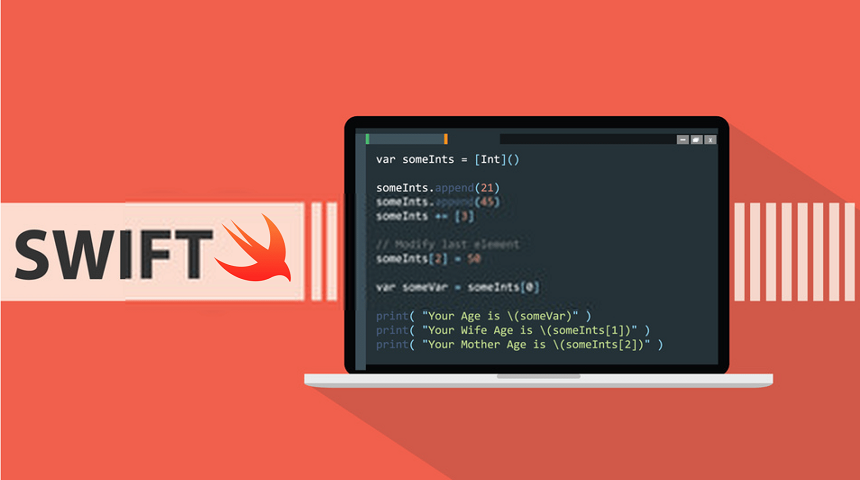
Free eBooks for Beginners
When you’re working with variables and constants in SWIFT, it’s often necessary to convert values from one type to another. For example, you might need to convert an integer to a string, or a string to an array. This process of converting values from one type to another is known as type casting.
In this article, we’ll introduce you to the basics of type casting in SWIFT and explain how it works. Whether you’re a beginner or an experienced developer, understanding type casting is an important part of becoming a skilled SWIFT programmer.
What is Type Casting?
Type casting is the process of converting values from one type to another. In SWIFT, type casting is used to convert between different basic data types, like integers, strings, and arrays, as well as custom types created using classes.
For example, you might have a string that represents a number, and you want to convert that string to an integer so that you can perform arithmetic operations with it. To do this, you would use type casting to convert the string to an integer.
Downcasting and Upcasting
Type casting in SWIFT can be either downcasting or upcasting. Downcasting is the process of converting a value from a more general type to a more specific type, while upcasting is the process of converting a value from a more specific type to a more general type.
For example, you might have a value of type Any that can hold any type of value, and you want to convert it to a string. To do this, you would use downcasting to convert the value of type Any to a string.
On the other hand, you might have a string value and you want to convert it to a value of type Any so that you can use it with a function that takes any type of value. To do this, you would use upcasting to convert the string to a value of type Any.
Optional Type Casting
In SWIFT, type casting can be either optional or forced. Optional type casting allows you to convert a value to a new type, but returns nil if the conversion is not possible. Forced type casting converts a value to a new type and crashes your program if the conversion is not possible.
For example, you might have a value of type Any and you want to convert it to a string. To do this using optional type casting, you would use the as? operator. If the conversion is not possible, the result of the type cast will be nil.
On the other hand, if you want to force the conversion to a string, you would use the as! operator. If the conversion is not possible, your program will crash with a runtime error.
Conclusion
Type casting is an important part of working with variables and constants in SWIFT. By converting values from one type to another, you can ensure that your data is correctly formatted and can be used with other parts of your program. Whether you’re a beginner or an experienced developer, understanding type casting is an important step in your journey to becoming a skilled SWIFT programmer.
Cookbook – SWIFT for Beginners – Chapter 21: Type Casting
 Loading...
Loading...
Disclaimer: The information and code presented within this recipe/tutorial is only for educational and coaching purposes for beginners and developers. Anyone can practice and apply the recipe/tutorial presented here, but the reader is taking full responsibility for his/her actions. The author (content curator) of this recipe (code / program) has made every effort to ensure the accuracy of the information was correct at time of publication. The author (content curator) does not assume and hereby disclaims any liability to any party for any loss, damage, or disruption caused by errors or omissions, whether such errors or omissions result from accident, negligence, or any other cause. The information presented here could also be found in public knowledge domains.